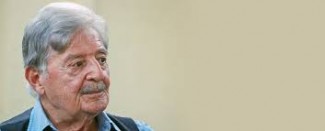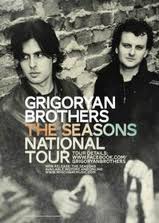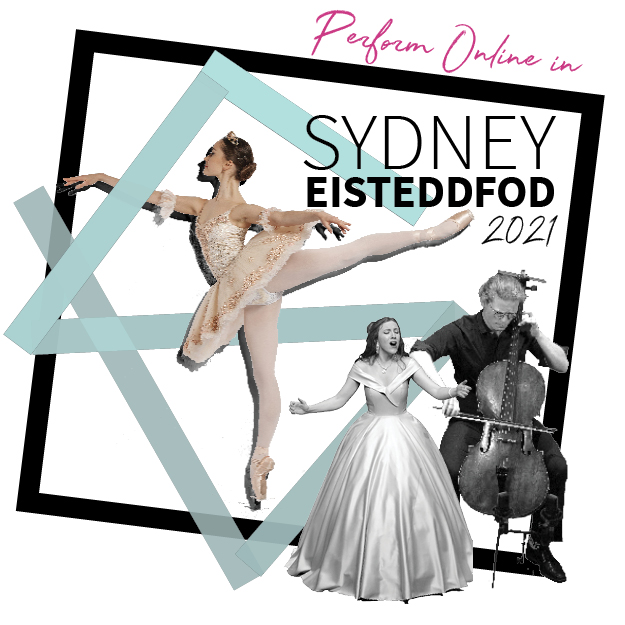Celebrating Peter Sculthorpe

Celebrating Peter Sculthorpe
William Barton,Tamara Anna Cislowska, the Goldner String Quartet, John Peterson
Eugene Goossens Hall, ABC Studios, Ultimo
Thursday September 4, 2014.
It was a momentous evening during which a great composer was remembered with performances of his music and recollections of the person he was.The gathering of fans, performers, composers and friends was celebrating the life and work of Peter Sculthorpe AO, OBE, who died last month.
It was also the launch of a recording by Tamara Anna Cislowska, Peter Sculthorpe: Complete Works for Solo Piano, released by ABC Classics, and the showcasing of a book about his work – The Music of Peter Sculthorpe by John Peterson, published in June 2014 (Wildbird Music Pty/Ltd).
The six musicians – didgeridoo player William Barton, pianist Tamara Anna Cislowska, and the four members of the Goldner String Quartet, Dene Olding, Dimity Hall, Irina Morozova and Julian Smiles – all had close connections with Sculthorpe, as did composer John Peterson, who was taught composition by him.
William Barton’s peripatetic introductory Improvisation on the didgeridoo, set the tone for the evening. The percussive effects and polytones evoked a sense of spirituality amongst images of a heaving landscape, myriad wildlife and primeval sounds. This was in some ways a return to the earth.
Segueing into this Tamara Anna Cislowska took up the thread with an anthology of four of Sculthorpe’s piano works, all featured on the new CD. Fittingly, she began with Thanksgiving, the fifth movement from Riverina (Gundyari Wagga Wagga). Composed in 2011, it was Sculthorpe’s last and largest piano work. Moving back in time there was Nocturne from Seascape, (1948), Djilile (1986) – perhaps Sculthorpe’s own favourite melody – and the delightfully whimsical Left Bank Waltz (1957/71), performed by Cislowska at the composer’s 80th birthday celebration and reputedly his mother’s favourite.
In conversation with ABC Classic FM Producer Stephen Adams, Cislowska revealed that this recording project was over 10 years in the making. and included discussions with the composer. She was just 6 when she first played the music of Sculthorpe – the piece in question was his Sonatina. She described how characteristically, Sculthorpe’s piano music features large intervals which use the entire range of the keyboard to maximum effect – although as a child she was not able to span these trademark large intervals.
William Barton described how he first met Peter Sculthorpe in 2002 after playing Earth Cry (String Quartet no 12 From Ubirr) at the Townsville Festival of Chamber Music in 2001, Subsequently, Sculthorpe became a valued mentor to Barton. The Goldner String Quartet joined Barton to perform Earth Cry – an alluring fusion of indigenous and western ideas.
John Petersen gave an account of how he came to write The Music of Peter Sculthorpe, suggesting that stringed instruments and especially the configuration of the string quartet might have been Sculthorpe’s favourite combination.
Dene Olding, introducing the String Quartet no 14 (Quamby) written in 1998, recalled that the Goldner Quartet delivered the first performance of this piece that same year. The work was commissioned by the Launceston Chamber Music Society and was inspired by the landscape and legends of Tasmania. This climactic work, cinematic in its scope, painted images of red-hot plains, whirring cicadas, the wind in the gums. It’s third movement especially called up the sounds of birds – wheeling and laughing.
This concert was 11 months in the making. It was intended that the composer would be present. Sadly, that was not to be.
The music was a mere snapshot of Sculthorpe’s craft – brimming with innovation, blending cultures, devising novel playing techniques and creating an entirely new soundscape, illustrating why Sculthorpe is such a critical figure not just as a pioneering composer of Australian music but as someone who also shaped a national musical identity.
Shamistha de Soysa for SoundsLikeSydney©






